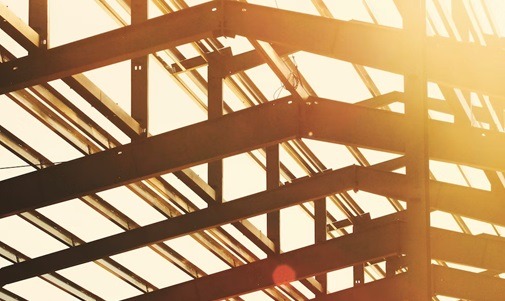If you’re interested in buying a pre-construction building, you may have a few questions about the process. How do I choose the right building? What should I look for in terms of construction quality? What are some of the pitfalls to avoid? We’ve put together this guide to help buyers navigate the pre-construction process and make an informed decision. Here are four tips for buying a pre-construction building.
Research the Developer
Buyers of a new property should do their homework just as well as they would before purchasing an old residence. Researching the developer or builder of a pre-construction property is very crucial. Ensure that the developer has cleared the site properly. The entire area needs to be removed and graded. In a neighborhood with homeless encampments, it is necessary to remove those structures and ensure there are routine homeless encampment cleanups to safeguard the health and safety of the site.
Examine the Home Model
Remember that model homes are typically the most luxurious options for house hunting. These houses will most likely offer amenities not found in the typical house. There will be optional paid upgrades for many of these features. Real estate brokers should be able to provide you with a list of amenities that are considered par for the course.
You will also be provided with a breakdown of typical upgrades and their respective prices. Different prefab home manufacturers may include amenities, like a garage, in their base models. Additionally, in terms of mechanical and electrical systems, you should check over their standards to get an idea of what they are like. Then you can determine whether or not you need to go with different plumbing and lighting.
Location
Pre-construction buildings, like any investment property, are only as good as their location. When looking for a new place to call home, it’s essential to consider the neighborhood’s vibe. You may be buying into a project that won’t be developed for another three to four years, leaving you wondering if there will even be a market for your apartment once it’s finished.
Successful investments for many clients have been made in areas with a history of appreciation, such as downtown or areas with convenient public transportation to the city center. Building in a high demand area will cost more per square foot than in the suburbs, but you can rest assured that your house will not remain empty for long.
Utility Services
You likely won’t have to worry about hooking up any utilities if you purchase a lot in an already established community. To facilitate construction, your developer probably stubbed all utilities to each lot. If you’re building on an undeveloped plot of land, you’ll need to arrange to have utilities installed before you dig any foundations. Before laying a foundation, you should locate the service entrances for the house’s utilities. As a bonus, having access to utilities like electricity and water makes construction go more quickly and efficiently.
When buying a pre-construction, there is no fixed schedule for completion. The typical completion date listed in contracts is at least a year away. Even so, the builder reserves the right to alter the date as stated in the agreement. Therefore, the builder can push the closing date back numerous times, potentially until an outside completion date years after the initial closing date estimate. The buyer must continue paying for the house for an unlimited time.

